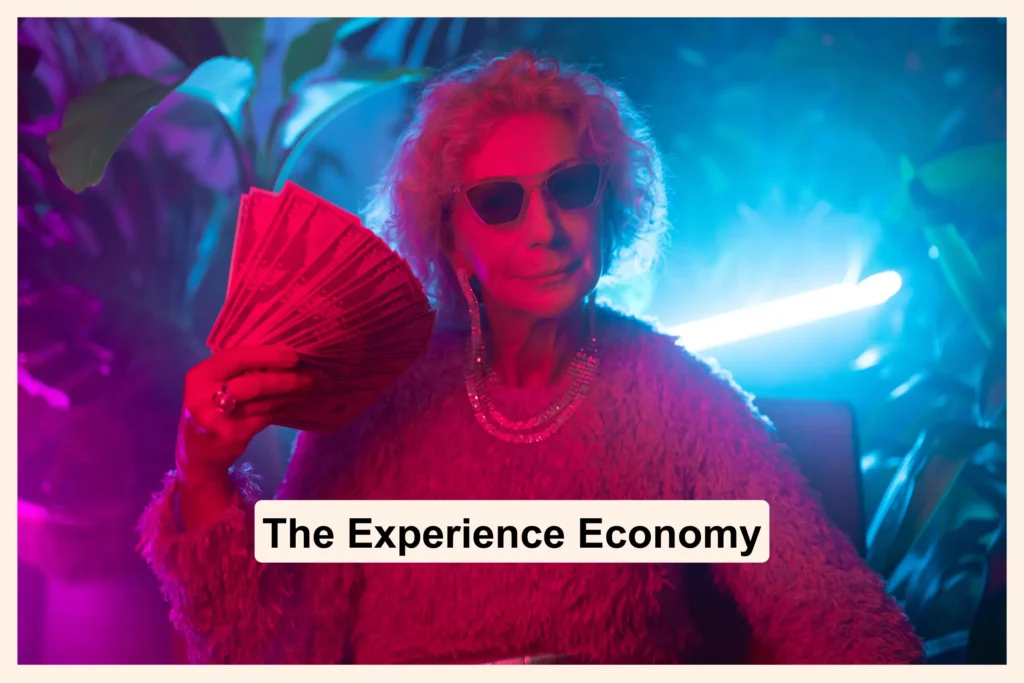In the past few decades, rampant consumerism has been on the decline. As economic pressures mount, shoppers are tightening their belts, forcing fashion brands to recalibrate. The once-reliable formula of fast fashion and aggressive marketing cannot be relied upon as a winning strategy. It’s time for a new approach.

The Consumer Shift
The post-pandemic economic boom is fading. Soaring inflation, rising interest rates, and a looming recession have resulted in consumers re-evaluating their spending habits. Luxury purchases are being delayed, and fast fashion is losing its allure. This shift necessitates a deeper understanding of the evolving consumer mindset.
Research indicates that consumers are increasingly seeking value, sustainability, and emotional connections with brands. They’re more discerning, demanding quality over quantity. Moreover, experiences are becoming as valuable as products.
Building Resilient Brands
To weather this economic storm, fashion brands must prioritize customer relationships and long-term loyalty over short-term gains. Here are some strategies to consider:
- Prioritize Customer Experience:
- Quality over quantity: Invest in durable, high-quality products.
- Sustainability: Align with consumer values by offering eco-friendly options.
- Transparency: Build trust by being transparent about production processes and materials.
- Strategic Partnerships:
- Data-Driven Decision Making:

The Experience Economy
As consumers become more discerning, creating memorable experiences is crucial.
- In-store activations: Transform physical stores into interactive spaces with events, workshops, or pop-up shops.
- Digital experiences: Offer virtual try-ons, personalized styling consultations, and interactive online content.
- Community building: Foster a sense of belonging through online communities and social engagement.
Marketing with Purpose
Traditional advertising may not resonate with cost-conscious consumers. Focus on:
- Authentic storytelling: Connect with customers on an emotional level.
- Influencer marketing: Partner with influencers who align with your brand values.
- User-generated content: Leverage customer-created content to build trust and authenticity.
- Content marketing: Provide valuable content that educates and inspires customers.
- Optimize store footprint: Rightsize store locations and focus on high-performing areas.
- Flexible store formats: Consider smaller, more experiential store concepts.
- E-commerce enhancement: Improve website usability, speed, and mobile optimization.
Conclusion
The current economic climate presents significant challenges for the fashion industry. However, it also offers opportunities for brands to differentiate themselves and build stronger customer relationships. By focusing on customer experience, value, and strategic partnerships, fashion businesses can not only survive but thrive in this new era of consumer behavior.
About the author(s):
Natasha is our Social Media Manager, a law student, and marketing enthusiast. She loves strategizing different methods to get results. A big fan of startups and their psychological aspects. She loves to travel and interact with locals to know the history of those places. She lives in Jaipur, India.